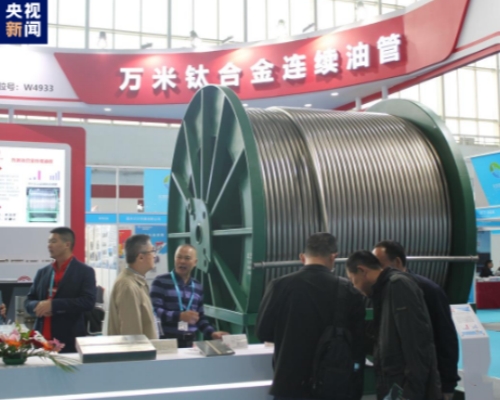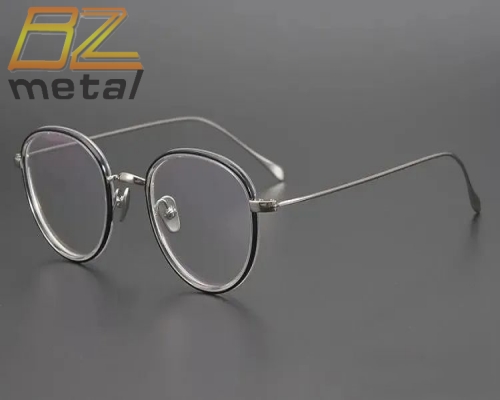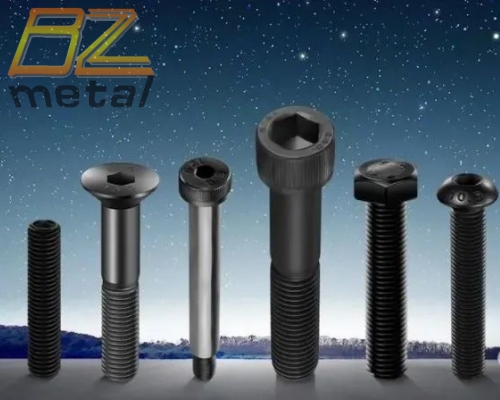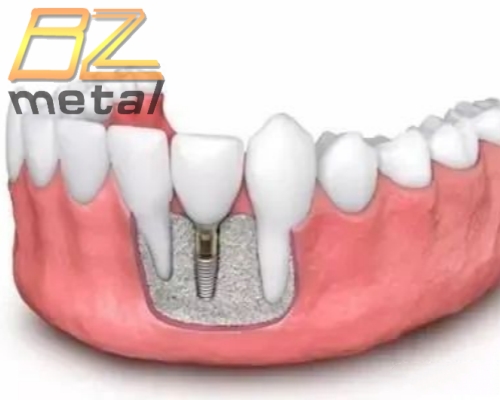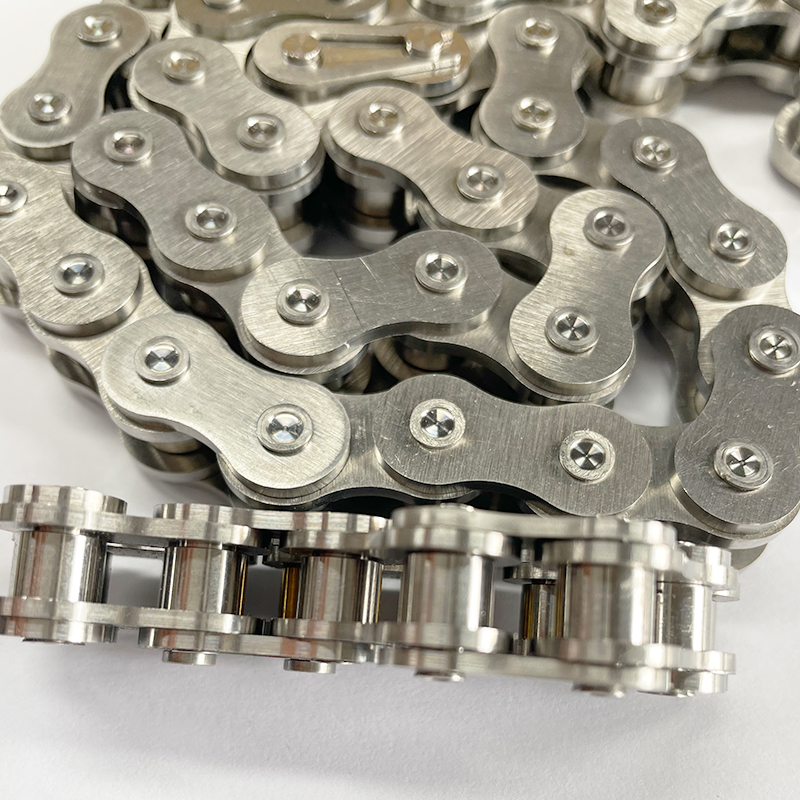Key technologies for the design, processing and use of advanced high-temperature titanium alloy mate
600℃ high-temperature titanium alloys, flame-retardant titanium alloys, TiAl alloys, and SiCf/Ti composite
materials are new high-performance high-temperature titanium alloys.Influence of fatigue performance,
surface integrity technology, internal and surface residual stress analysis of forgings and parts and its impact
on service performance, service life prediction and failure analysis, etc., to solve key technologies such as
material design and manufacturing process related to engineering applications.
High purification and homogenization control technology of industrial ingot components
The alloying of TA29, TB12 and TiAl alloys is complicated, the content of alloying elements is high, and the
plasticity is low. The preparation of such alloy ingots is difficult. It is difficult and prone to segregation. Using
the traditional vacuum consumable electrode electric arc furnace melting process, the number of melting
times should be increased appropriately, and the melting current, shrinking current, ingot size, crucible cooling
method, etc. should be controlled. For TiAl alloys, the plasma cold hearth melting process can be used to
produce ingots. The cold hearth melting process can effectively remove inclusions and improve composition
segregation, which is particularly important for titanium alloy materials used in key rotating parts of engines.
Material performance evaluation and application design technology
The above four types of materials are still in the stage of engineering research and trial, and the accumulated
performance data is insufficient, which affects the design selection and strength calculation of materials and
components. Compared with ordinary titanium alloys, these four types of high-temperature titanium alloys
have lower plasticity, fracture toughness, and impact toughness, greater notch sensitivity, and poor ability to
reduce the stress at the crack tip through local plastic deformation. In particular, TiAl alloy has relatively low
room temperature tensile plasticity and fatigue crack growth resistance, but it will be significantly improved
when it is close to 700 °C [31], and the initial creep deformation rate is large. According to the characteristics
of this kind of material, scientific and reasonable technical indicators should be designed and formulated to
ensure sufficient plasticity while exerting thermal strength, and fully pay attention to the fracture performance
of the workpiece.For TiAl alloys with low plasticity, It is also crucial to scientifically evaluate the flame
retardancy properties of these titanium alloys. In addition, regardless of the overall blisk or the overall blisk,
when used at high temperatures, there is a temperature gradient on the same part, and one part of the
material will constrain the deformation of the other part of the material, which will cause thermal stress under
the action of the temperature gradient and affect the fatigue of the component. performance and reliability
in use.
Research on ultra-high cycle fatigue performance
In fact, there is no high cycle fatigue limit for titanium alloy materials. Both the 1999 and 2004 editions of the
Engine Structural Integrity Program (ENSIP) in the United States require that the high-cycle fatigue life of
titanium alloy engine parts should reach a minimum of 109 cycles [33]. As the applied stress decreases, the
fatigue crack initiation position tends to occur from the surface to the interior [34]. For 600 ℃ high
temperature titanium alloy blisks, titanium matrix composite blisk rings and TiAl alloy blades, the fatigue
performance of the blades is very sensitive to vibration stress, and their ultra-high cycle fatigue behavior and
performance should be fully studied. Reasonable selection of appropriate surface strengthening methods,
such as laser shock strengthening and low-plasticity polishing, can improve the ultra-high cycle fatigue
performance of the blade and prevent internal damage and catastrophic failure caused by blade failure.

